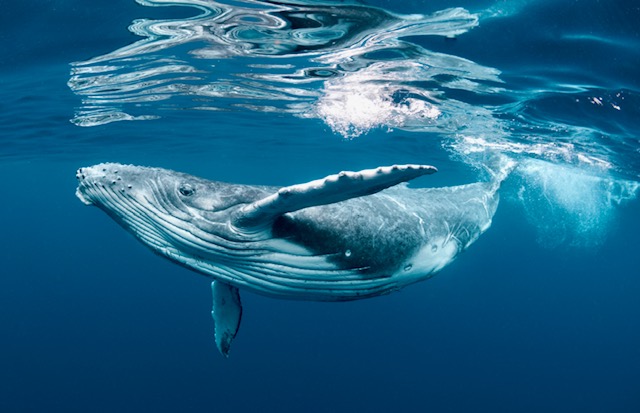
A Critical Convention On The Protection of Migratory Species (CMS COP13) Is Currently Taking Place In India
By WAN
You can help all animals and our planet by choosing compassion on your plate and in your glass. #GoVeg

You can help all animals and our planet by choosing compassion on your plate and in your glass. #GoVeg